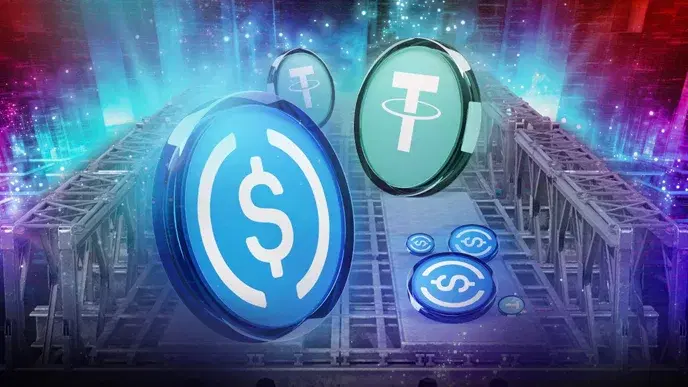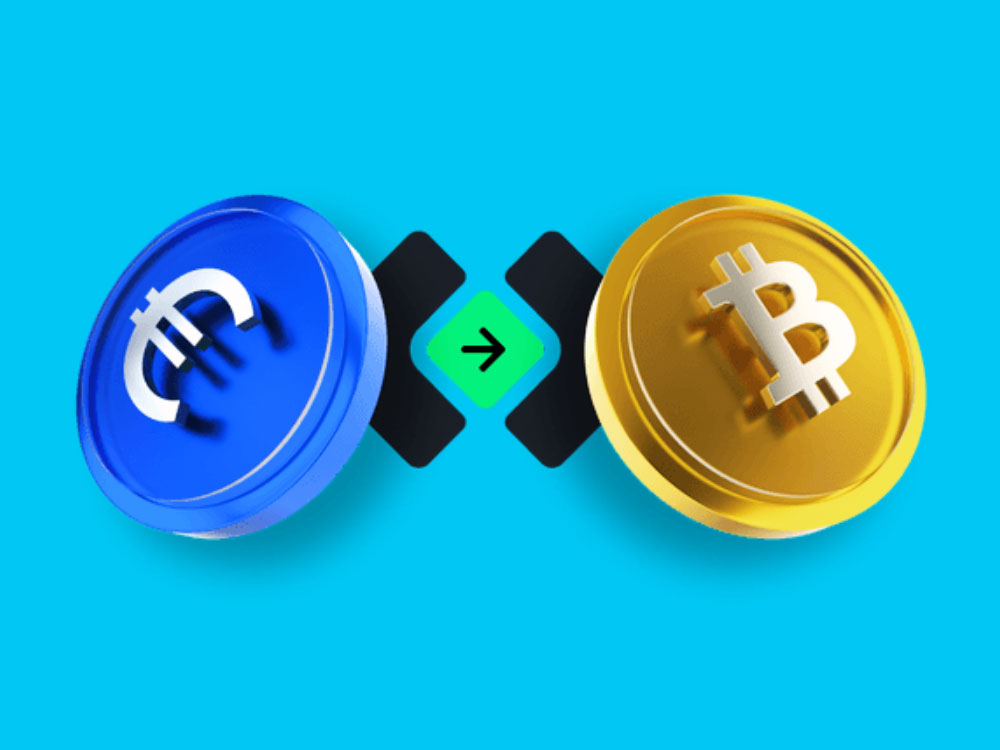For many Web3 teams building globally, one of the toughest challenges isn’t launching the product—it’s making it easy for people to actually use it. In regions where crypto is gaining traction, users still struggle with the most basic part of the journey: buying stablecoins.
This is a case study of how a DeFi team solved that exact problem. They needed a way for users in multiple countries to buy USDC directly inside their decentralized app. No third-party exchanges. No long KYC flows. No extra apps. Just a smooth, local stablecoin on-ramp that works.
They found their answer with TransFi—and had it live within a single development sprint.
The challenge
The dApp already had a solid product—a decentralized savings and staking app running on USDC. But while users in North America and Europe were easily interacting with the platform, people in India, Nigeria, and the Philippines weren’t even getting past step one.
The team kept hearing the same thing from new users: “I don’t have USDC. How do I even buy it?”
The current solution was clunky. Users had to leave the app, sign up on a centralized exchange, complete KYC, fund their account with local currency, buy USDC, and then send it back to the dApp’s wallet. That’s a lot to ask from a first-time user.
The team needed a way to bring fiat-to-crypto access directly into the app—ideally without having to deal with banks, licensing, or weeks of development.
The solution: TransFi API
They came across TransFi’s developer tools and realized they could use the TransFi API to plug a stablecoin on-ramp straight into their dApp. That meant users could go from local currency to USDC in a few clicks, without ever leaving the product.
The devs were surprised at how simple the process was. TransFi provided full API documentation, a sandbox for testing, and prebuilt KYC flows. The team was able to embed the on-ramp inside their app interface and connect it to the user’s wallet address.
Even better, TransFi already supported the local payment methods they needed—like UPI in India, bank transfers in Nigeria, and e-wallets in the Philippines. That meant users could buy USDC using whatever they already had in their hands.
What happened during integration
The development sprint lasted just five days. They kicked off the week with a call to TransFi’s integration team, set up the sandbox environment, and started plugging the API into their front end. By midweek, they were testing local payments and running trial KYC flows. By the end of the week, they were ready to go live.
No special banking partnerships. No compliance drama. No delays.
TransFi handled all the backend complexities—from user verification to transaction monitoring—so the dApp team could focus on product experience.
The impact
After going live, the difference was immediate.
Users in previously blocked regions could finally onboard. Instead of dropping off at the “fund your wallet” step, they were now completing transactions and actually engaging with the app.
The time it took to go from opening the dApp to holding USDC in a wallet dropped from around 15 minutes to under 5. And support requests asking “how do I buy crypto?” dropped dramatically.
The team also noticed better conversion metrics: more people coming in, fewer people leaving midway, and more wallets with USDC ready to use the app’s features.
What the team learned
The most surprising thing wasn’t just how well it worked—it was how fast and painless the integration process turned out to be. With all the buzz around Web3 tooling, it’s rare to find infrastructure that’s this plug-and-play.
And for a team operating in multiple regions without deep banking ties, TransFi was exactly what they needed. It opened the door to stablecoin access without requiring licenses, custody, or payment processing infrastructure.
There were still things to tweak, of course. The team adjusted their UI to better explain the payment methods, added some extra help text around KYC steps, and localized some of the messaging. But these were simple UX updates—not technical roadblocks.
Why this matters for Web3 growth
A lot of Web3 projects say they’re building for the world, but if users in emerging markets can’t access stablecoins easily, the door is effectively closed.
What this case study shows is that local stablecoin access isn’t some massive technical challenge anymore. You can launch it inside your app, across multiple countries, in a matter of days. And you don’t need to rely on banks or centralized exchanges to make it happen.
For developers and founders working on dApps, TransFi offers a shortcut to global onboarding. One API call is all it takes to let users buy crypto with the payment tools they already use—whether that’s mobile wallets, bank accounts, or cash-based systems.
Also read: How DAOs, Startups and Remote Teams Can Use Stablecoin Payments in Portugal
Final thoughts
In this case, what could have been a multi-month integration turned into a one-week sprint that transformed the product experience. The DeFi app became accessible to users in eight new countries. And the team didn’t have to rebuild anything—they just connected to a modern, ready-made payments API.
For anyone working on Web3 products—whether it’s a DeFi platform, a gaming dApp, or an NFT marketplace—this is a clear example of how you can bring real-world usability to your app quickly, and at scale.
If you're building in Web3 and want to make your app truly global, TransFi is one of the fastest ways to get there.
FAQ
How does TransFi help dApps with stablecoin access?
TransFi provides an API that lets dApps offer local fiat-to-stablecoin on-ramps. That means users can buy USDC directly inside your app using familiar local payment methods like UPI, bank transfers, or mobile wallets.
Can TransFi be integrated in just one sprint?
Yes. Many developers are able to integrate TransFi in less than a week. The API is well-documented, sandbox environments are available for testing, and TransFi handles complex backend tasks like KYC and compliance.
Which countries does TransFi support?
TransFi supports over 80 countries, including India, Nigeria, the Philippines, Mexico, Turkey, and more. It’s ideal for dApps trying to reach users in emerging markets without local banking partners.
Is KYC required for users?
Yes, TransFi includes built-in KYC flows that are easy for users to complete inside your app. This helps ensure compliance and security without interrupting the onboarding experience.
What stablecoins are supported through TransFi?
TransFi supports popular stablecoins like USDC and USDT. These are typically delivered directly to the user’s wallet within minutes of completing the fiat payment.
Table of Contents
Suggested Article
Explore our products

Make global payments at the speed of a click

Accept payments, remove borders.

Unlock Seamless Digital Currency Transactions Anywhere








.png)














